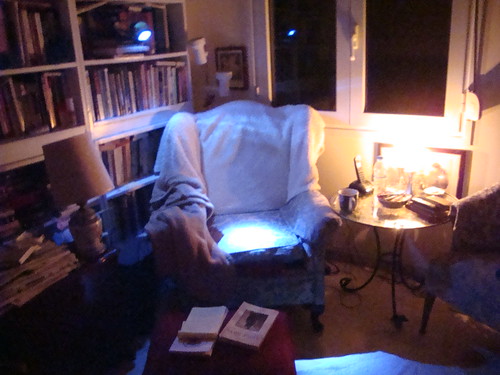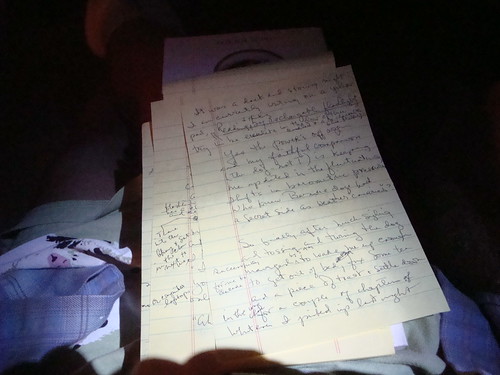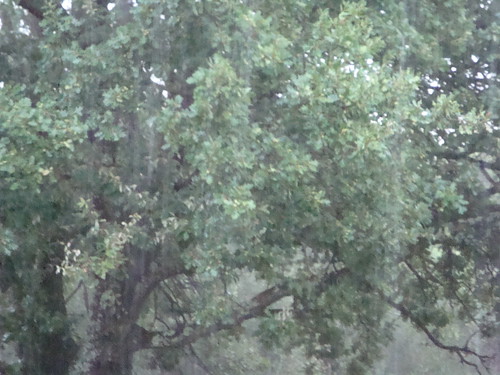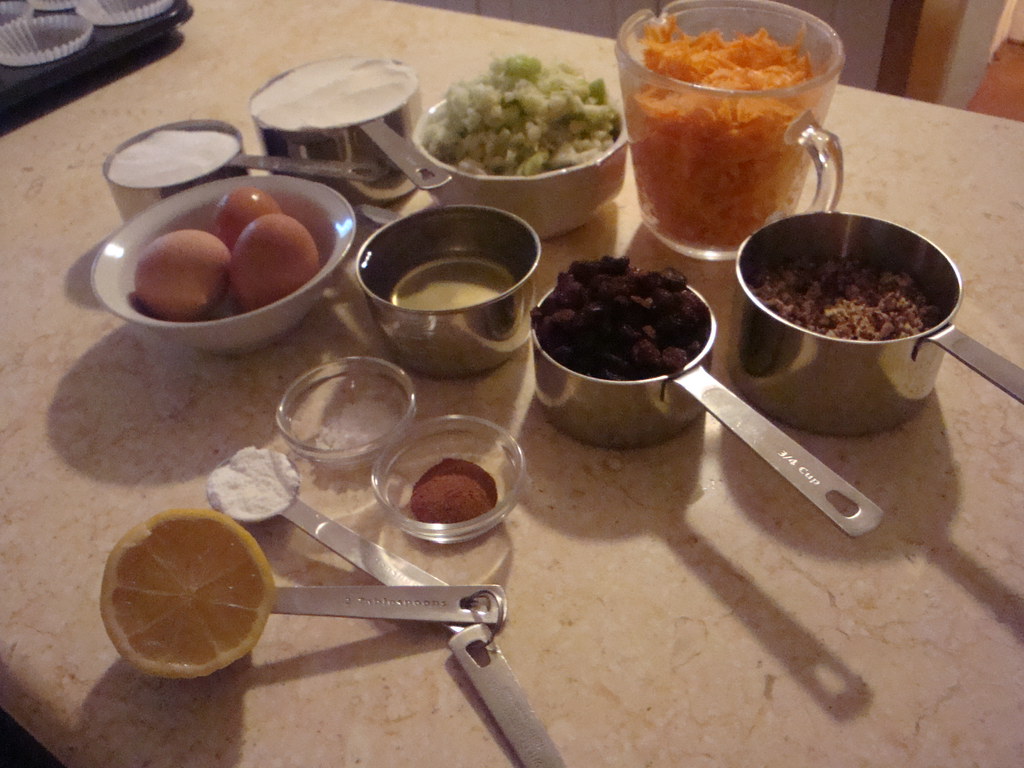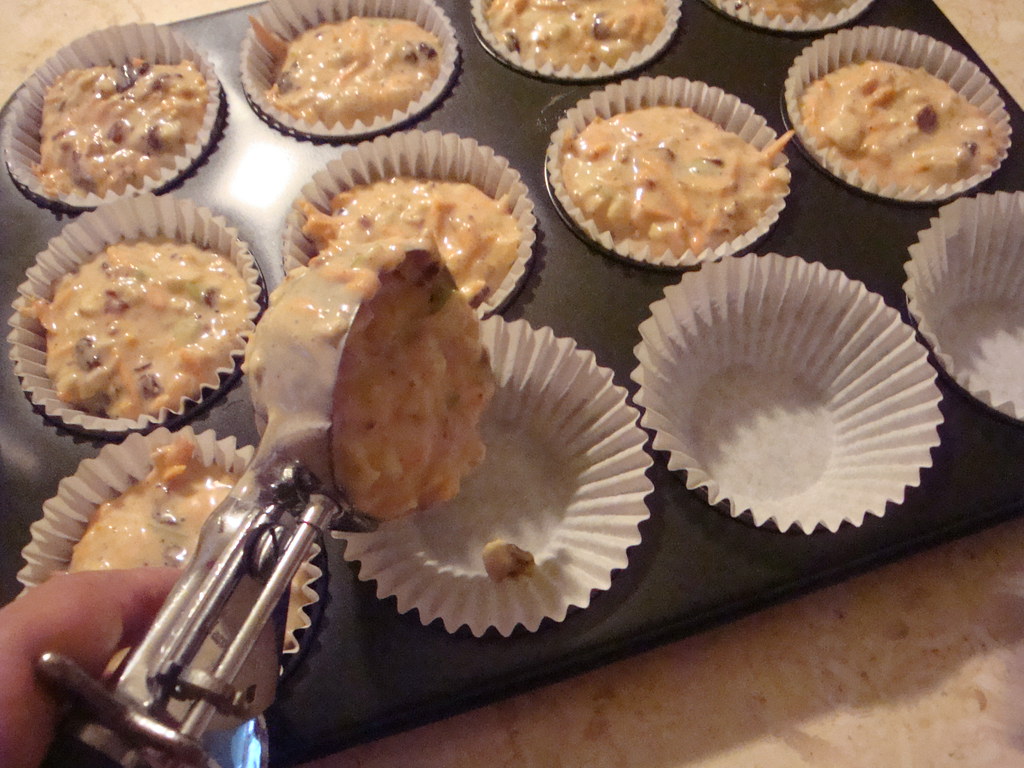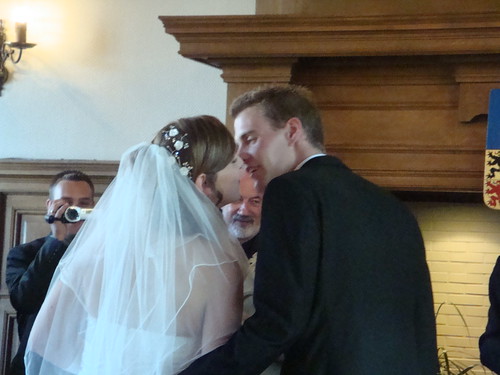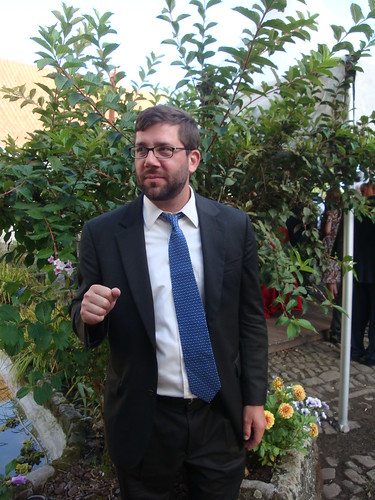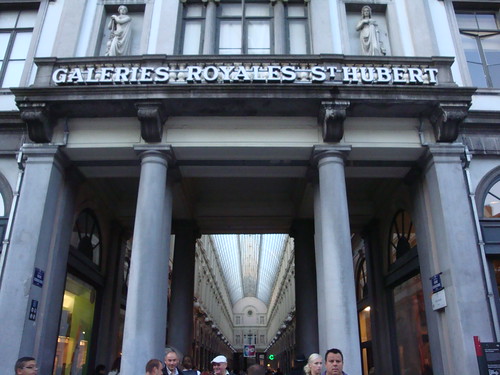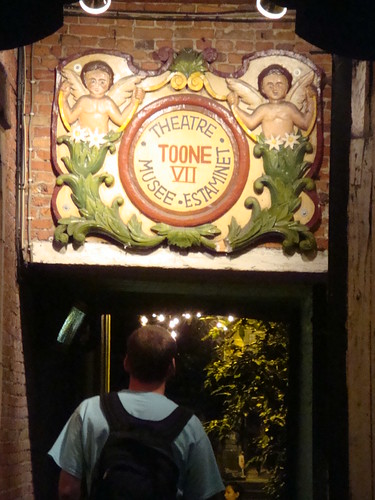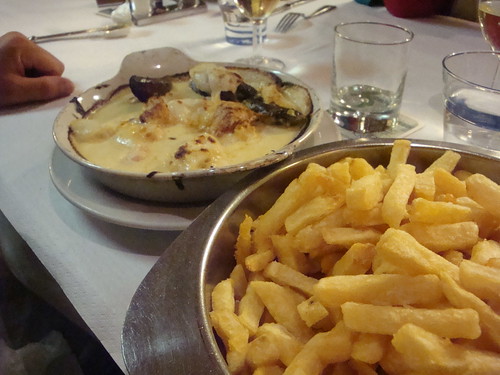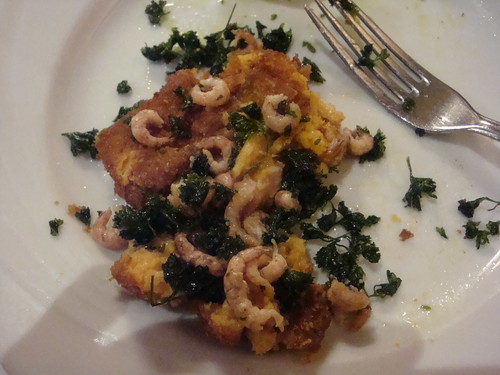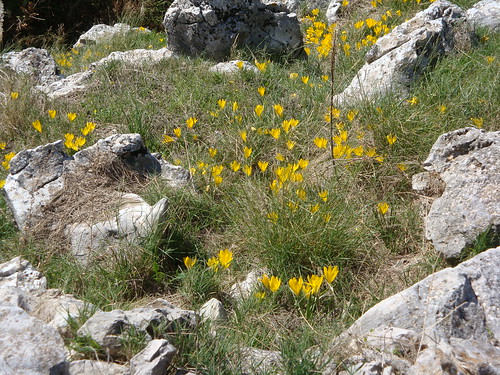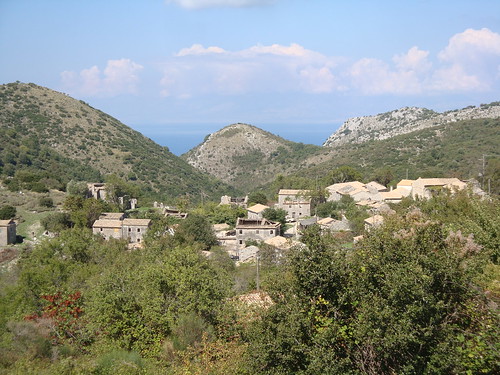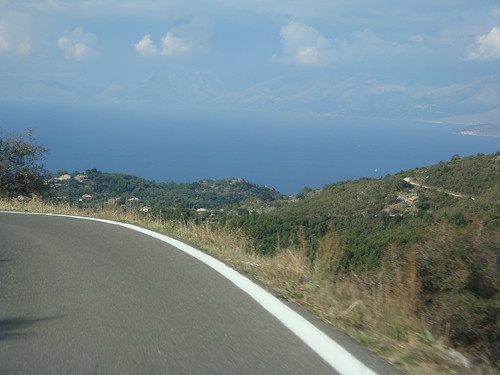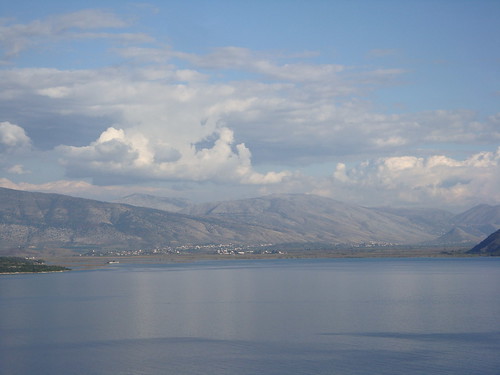[or reading and writing by rechargeable flashlight]
"It was a dark and stormy night," I am currently writing on a yellow pad, trying to be erudite in the glow of three candles and a rechargeable (blue light) flashlight.
Yes, the power is off again, and my faithful companion (the dog, not T) is keeping me updated on the fluctuating shifts in barometric pressure. Who knew Bernese dogs had a secret side as "weather canaries"???
So finally after much sighing and tossing and turning - the dog successfully managed by 5 AM to wake me up enough for me to decide to get out of bed, fix some tea and a piece of toast and settle down in the wing chair for a couple of chapters of my latest read (actually re-read).
T got up shortly after I finished my toast. Bleary eyed, he wondered what insomaniacal thing was keeping me up at this ungodly hour.
 |
| she would really like to be much smaller |
He sneered, (at me or the dog, I wasn't sure!) went off to make coffee and turned the TV on to check out the state of the world.
Just as he settled (fortunately WITH coffee), the power went off. No blinking, no; nor half hearted flicker of maybe coming back, no. Just off. Period.
So comes the long blind search for matches (that work!), to light the candles (which ARE everywhere, but really hard to see in the pitch black).
The the job of lighting candles through the house is an art, so as to maximize being able to see as we wander though the house; and so to light the last one. Usually, at which point, the power will come back just as we finish lighting the last candle.
Cleverly, T filled the buckets, which lately we've been keeping outside by the kitchen door, for just such an occasion, with water from the swimming pool (ahem, for the bathrooms... to flush?)
[I can't tell you how useful we find owning a swimming pool! Its versatility - apart from a fine place to swim and cool off on hot days- is only limited by imagination during power outages.]
Sitting, each with our respective hot drink and a cowering dog, in the study with the glow of the 3 candles and the one rechargeable flashlight, T shook his head and morosely said, "I'll never have any confidence in electric cars". I raised a questioning eyebrow, tho after these forty-gazillion years of marital bliss, early morning non sequiturs are standard from both of us.
"It's the rechargeable battery... you know, like the cellphones? only bigger!"
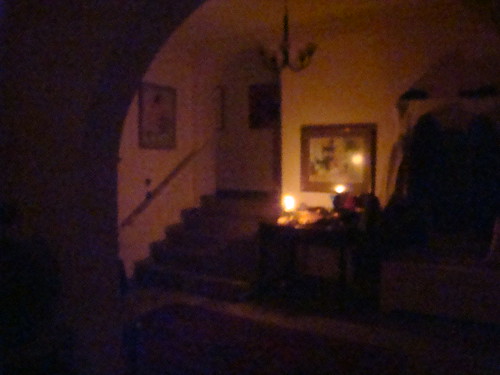 |
| falling up the steps |
He shook his head.
"No, it's because rechargeable batteries always die eventually, and for things like cellphones and laptops, they're impossible to find for that particular year or brand or they don't make them anyway, because it's not cost effective."
The last time we went looking for a battery for one of our cellphones, we were told it would just be cheaper to buy a new phone!
Potentially I suppose, T's right. You could spend what you thought was a small fortune on an electric car, only to be told a couple of years later, when the battery died for good and no longer could keep a charge for longer than 22 minutes, that it would be cheaper to buy a new electric car!
Whenever there is a long power outage, I generally find myself in sympathy with T. He has little confidence in technology. He functions well enough in the 21 century and does email and finds things well enough on google, but he is deeply suspicious of these 'bright shiny' bits of tech. He would never buy a new computer (he usually takes over my old ones with the outdated operating system,,,) and tolerates my passion for these "things", the way most men tolerate their wives passion for buying shoes, or salt and pepper shakers, or Troika glassware.
His life would never revolve around a computer or an I Phone, or for that matter ANY cellphone. (I have enough trouble getting him to remember to turn it on when he's off and about for the day doing errands!)
He just walked past the doorway with a cup of coffee in his hand and quizzically asked me what I was doing. I told him I was writing a blog post. He said "Hmm. What are you going to do, mail it in?"
 |
| dawn, finally. |
Actually, he was right about the cellphones, maybe he's got a point about the electric cars!?
